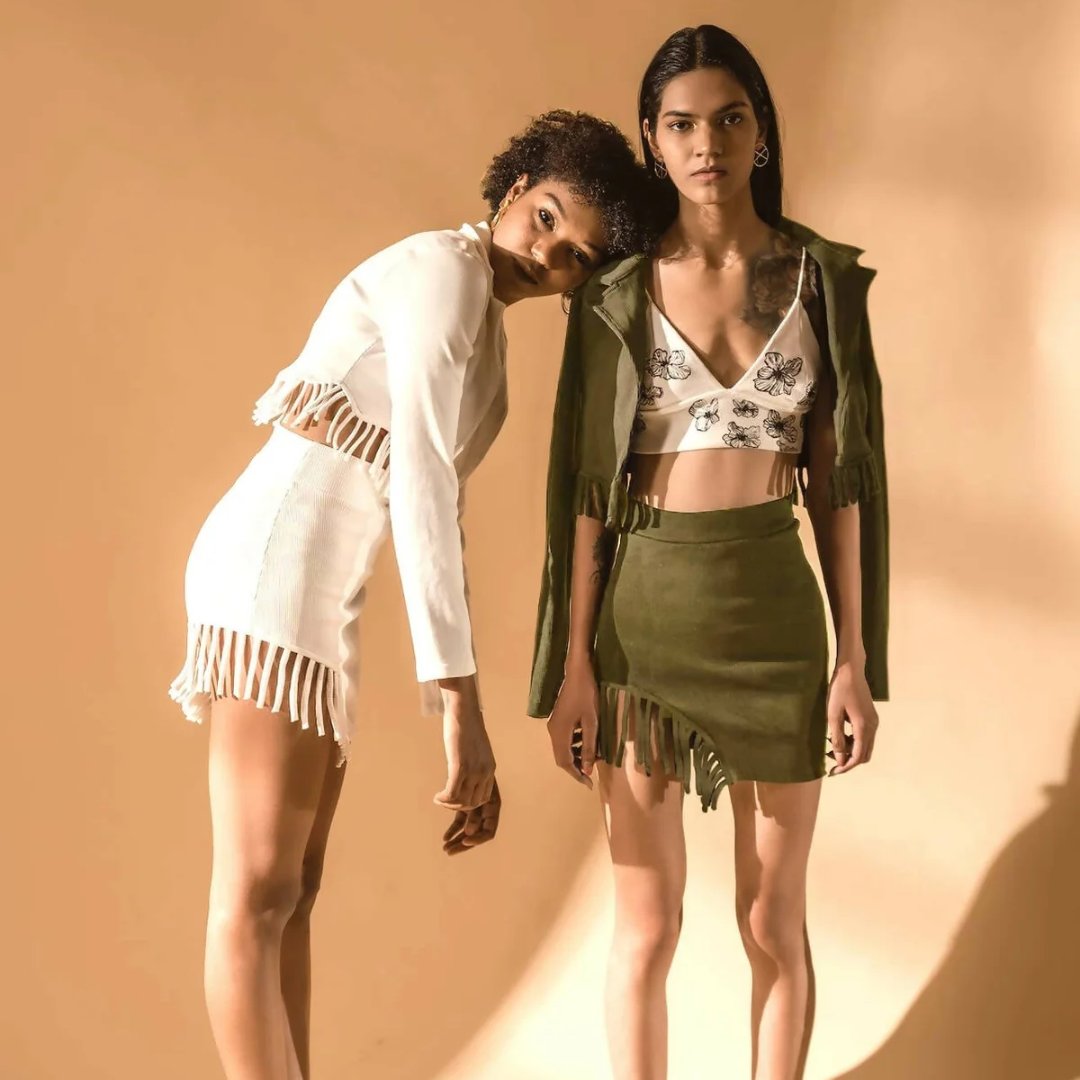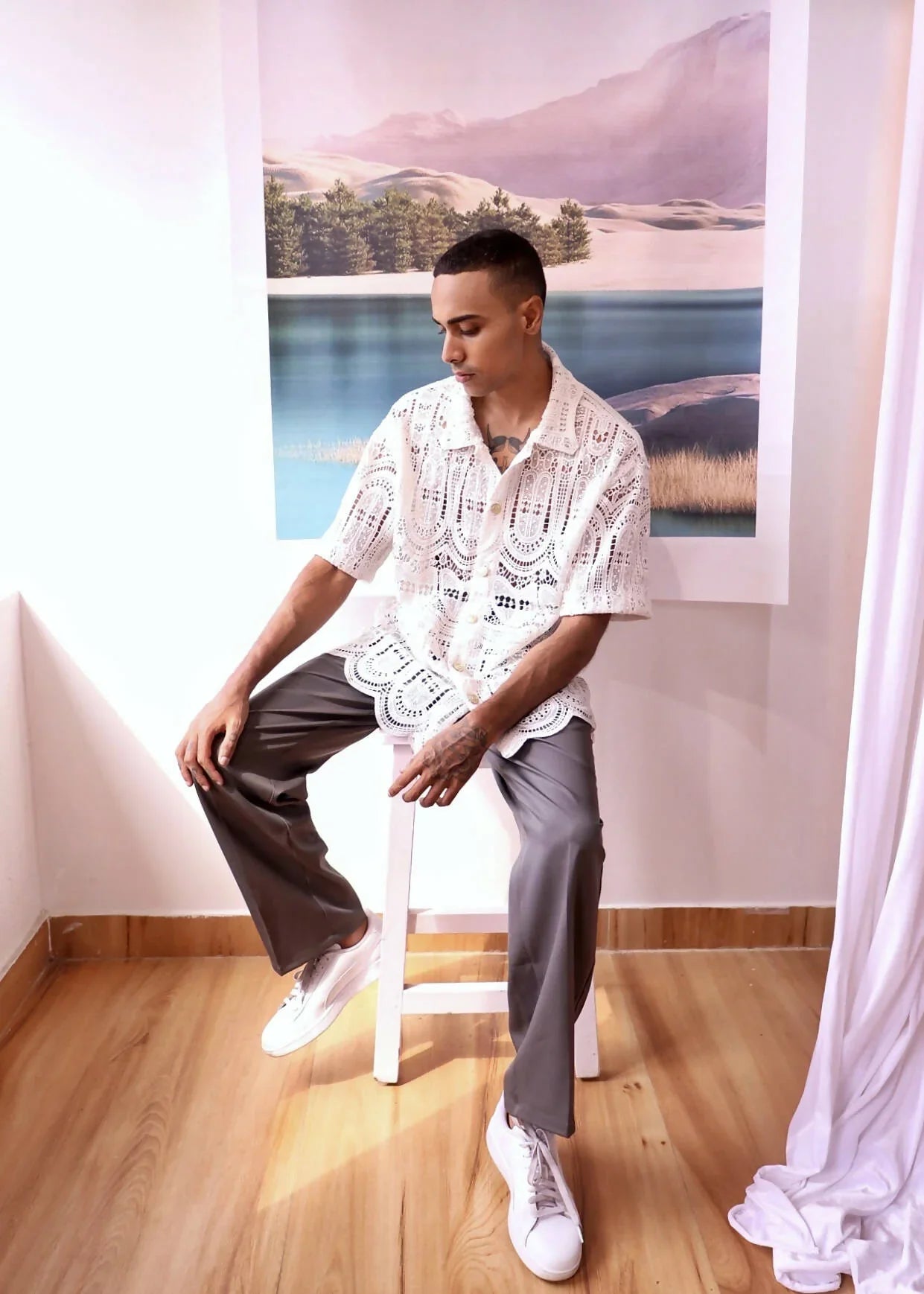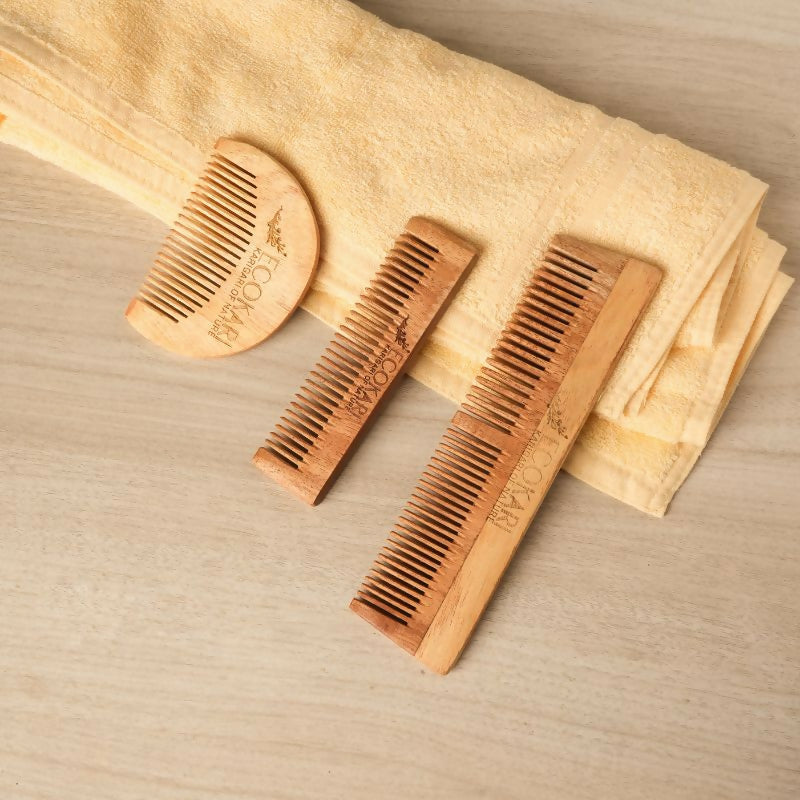Biodesign and Living Materials: The Dress That's Alive

Biodesign may sound like science fiction, but it is one of the most real and promising approaches to creating a circular future. It is a living, evolving discipline where biology and design become one. In resource-intensive industries and in a world seeking circularity, biodesign is now the new design language. It creates new loops by growing materials instead of extracting them. These materials can be composted, reused, or returned safely to ecosystems.
What Is Biodesign?
Biodesign integrates biology into the design process. Instead of fabricating materials from scratch, it uses biological systems such as algae, fungi, or bacteria to create products and structures.
Living materials are a subset of this field. They can sense, grow, adapt, and sometimes even self-heal. Some respond to environmental changes, while others naturally degrade without harming ecosystems.
A Living Dress: Iris van Herpen’s Algae Couture
Fashion designer Iris van Herpen has explored this frontier through her couture collection Sympoiesis. The opening look featured 125 million live bioluminescent algae. A 35-step process was developed to encapsulate the algae in a nutrient gel, forming the dress.

(Image credit: Iris Van Herpen - Bioluminescent Dress)
These algae are placed in a gel like nutrient layer, so that when the wearer moves, the organisms react and give a soft glow.
The spectacle is a visual treat. The piece is literally alive, cared for like an ecosystem where temperature along with humidity and light cycles are tuned to support the algae’s survival.
The dress becomes a metaphor for the delicate symbiosis between humans and nature, fashion and life, showing how we might cultivate rather than consume.
Mycelium: Leather Without Cruelty
Another standout in the biodesign realm is mycelium. This root-like web of fungi has become a groundbreaking material in fashion. It can be grown into leather-like sheets using far less energy and chemicals than animal hides or synthetic alternatives.
It is biodegradable, cruelty-free, and increasingly comparable in strength and texture to traditional leather.
Bacteria-Ink: Sustainable Colour Without Pollution
Textile dyeing is one of the largest polluters in fashion. Companies like Living Ink and Colorifix have developed bacteria-based pigments. These living dyes eliminate the need for toxic chemicals. They are safer and cleaner alternatives.
We live in a time of climate breakdown. Material production, especially in construction and fashion, accounts for nearly half of global carbon emissions. Waste and plastic pollution are found in the oceans, in animals, and even in our bloodstreams.
Traditional design relies on extraction and destruction. Biodesign focuses on regeneration and complete biodegradation.
This represents a new logic for survival and could change what the future looks like in design.






Leave a comment